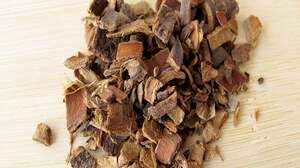In 2021, when it was published Commission Regulation (EU) 2021/468 of 18 March 2021 amending Annex III to Regulation (EC) No 1925/2006 of the European Parliament and of the Council as regards botanical species that contain hydroxyanthracene derivatives, the following entries were added in part C of its Annex III, which remained under community control in the absence of scientific studies to support their prohibition, as happened with the hydroxyanthracene derivatives from the leaf of Aloe species:
- Preparations from the root or rhizome of Rheum palmatum L., Rheum officinale Baillon and their hybrids containing hydroxyanthracene derivatives
- Preparations of the leaf or fruit of Cassia senna L. containing hydroxyanthracene derivatives
- Preparations from the bark of Rhamnus frangula L. or Rhamnus purshiana DC. containing hydroxyanthracene derivatives
On May 23, 2024, the EFSA (European Food Safety Authority) published a scientific opinion confirming the non-genotoxicity of these species according to the studies presented, but when it came to adequately characterizing their composition in hydroxyanthracene derivatives and other substances, It was seen that some of these compounds are known for their genotoxic activity, so it is concluded that based on these data, the safety of the aforementioned preparations cannot be established.
Although there is a lot of controversy in this regard, if the legislative proposal is successful, in a few months, after April 2025, the entries that now appear in part C of Annex III to Regulation (EU) 1925/2006 would move to part A, being prohibited. In principle, a transitional period is not foreseen after the publication of the regulation..
At Supplaffairs we anticipate legislative changes and inform our clients about them so that they are prepared when the time comes.

